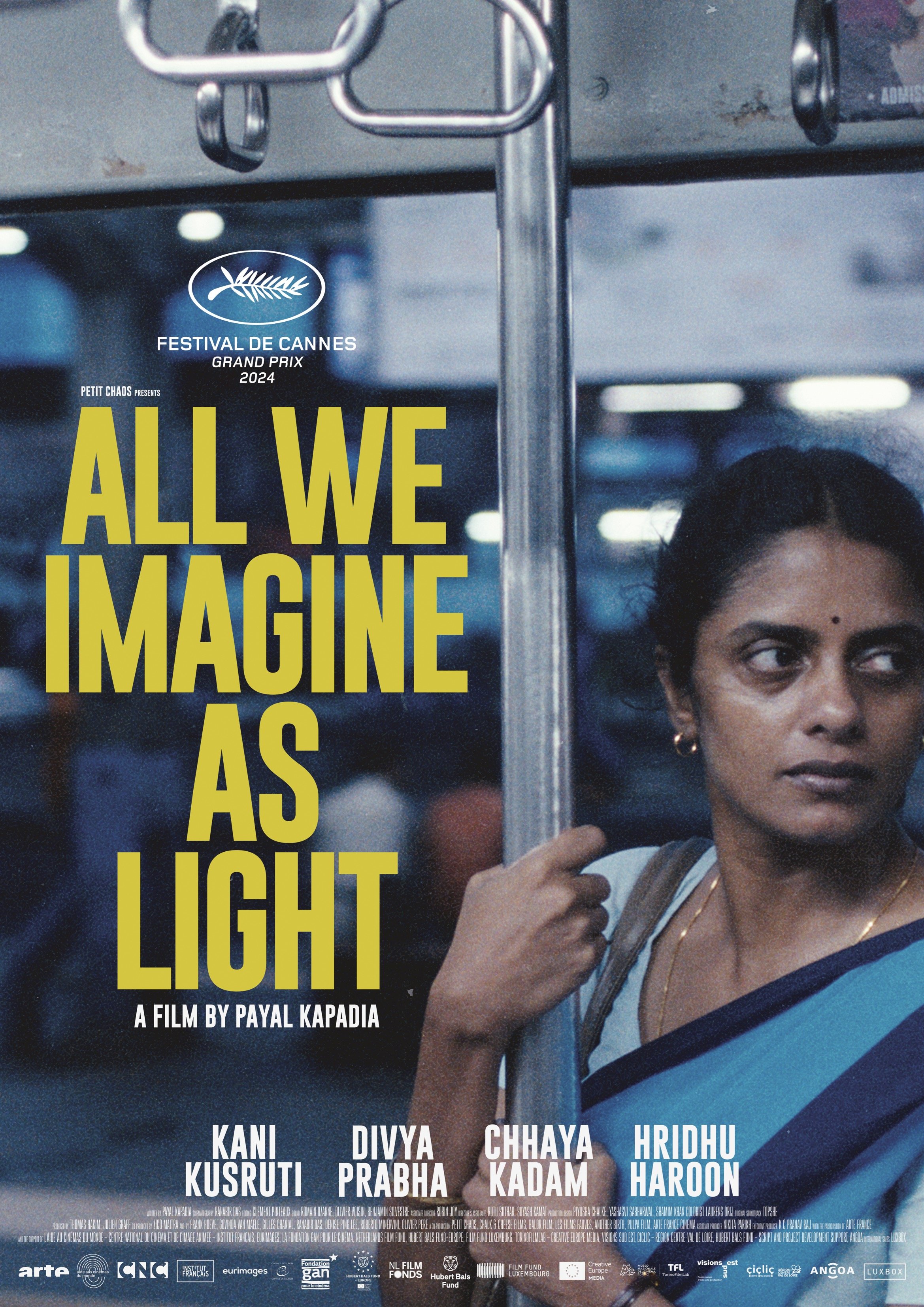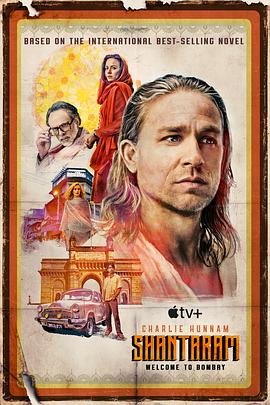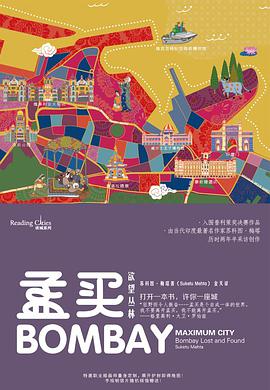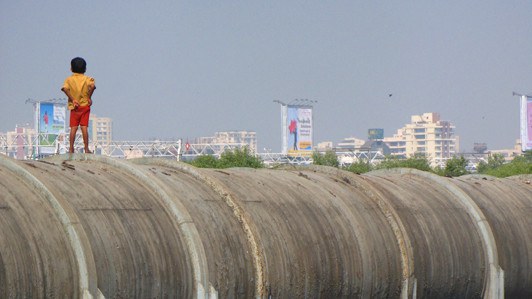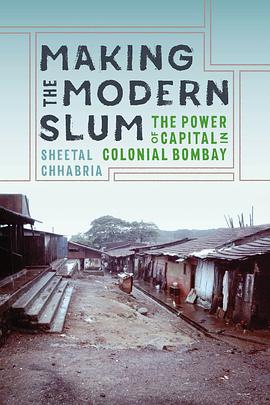想象之光 (2024) [电影] ReviewDB 豆瓣 TMDB IMDb
All We Imagine as Light
7.9 (75 个评分)
导演:
帕拉尔·卡帕迪亚
演员:
Kani Kusruti
/
Divya Prabha
…
其它标题:
All We Imagine as Light
/
우리가 빛이라 상상하는 모든 것
…
孟买护士普拉芭突然收到分居的丈夫送来的礼物,这打乱了她的日常生活。她的年轻室友阿努想与男友共度亲密时光,艰难地在城市里寻找一席之地。一天,她们踏上一趟海滨小镇之旅,并在那里找到了可以实现愿望的空间。本片于第77届戛纳电影节竞赛单元举行首映,成为首部获得评审团大奖的印度影片。
